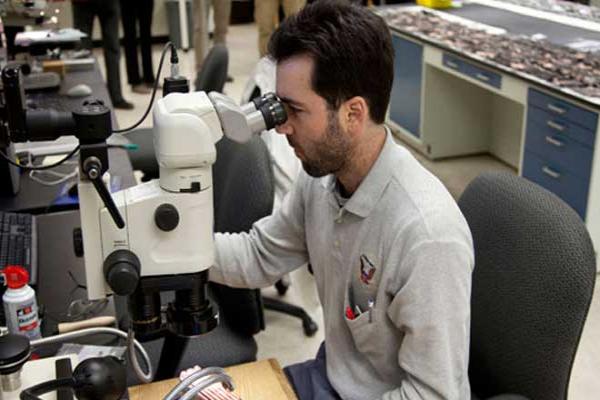Neutron microscope for hi-resolution images
08-10-2013
MIT and NASA researchers are developing a new microscope that uses neutrons – subatomic particles with no electrical charge - to create high - resolution images.
Neutron-based instruments have the ability to probe inside metal objects such as fuel cells, batteries, and engines, even when in use to learn details of their internal structure, researchers said.
Neutron instruments are also uniquely sensitive to magnetic properties and to lighter elements that are important in biological materials.
Researcher Boris Khaykovich first proposed the idea of adapting a 60-year-old concept for a way of focusing X-rays using mirrors to the challenge of building a high-performing neutron microscope.
Until now, most neutron instruments have been akin to pinhole cameras: crude imaging systems that simply let light through a tiny opening. Without efficient optical components, such devices produce weak images with poor resolution.
"We are turning the field of neutron imaging from the era of pinhole cameras to an era of genuine optics," researcher David Moncton, said.
"The new mirror device acts like the image-forming lens of an optical microscope," Dazhi Liu, research scientist added.
Neutron beams interact weakly, much like X-rays, and can be focused by a similar optical system.
It's well known that light can be reflected by normally non-reflective surfaces, so long as it strikes that surface at a shallow angle; this is the basic physics of a desert mirage.
Using the same principle, mirrors with certain coatings can reflect neutrons at shallow angles, researchers said.
The actual instrument uses several reflective cylinders nested one inside the other, so as to increase the surface area available for reflection.
The resulting device could improve the performance of existing neutron imaging systems by a factor of about 50, the researchers say allowing for much sharper images, much smaller instruments, or both.
The team initially designed and optimised the concept digitally, then fabricated a small test instrument as a proof-of-principle and demonstrated its performance.

